 You cannot escape the discussions around platform business models. Recently I saw that 50% of all organizations are either investing or considering a new platform business model. In a report provided by the IBM Institute for Business Value, released last year called “The Incumbents Strike Back” they really encapsulated the survey work they undertook in four topics that tell a story of today, or it certainly should do.
You cannot escape the discussions around platform business models. Recently I saw that 50% of all organizations are either investing or considering a new platform business model. In a report provided by the IBM Institute for Business Value, released last year called “The Incumbents Strike Back” they really encapsulated the survey work they undertook in four topics that tell a story of today, or it certainly should do.
What’s required, now more than ever, according to IBM, is the fortitude for perpetual reinvention and these four topics tell the story of why these are important:
Firstly we are all “dancing with disruption” and it is the reinventors that are finding the way to balance the existing with the designs of the future. This was described as a “balance between stability and dynamism” and exploring the forces at play.
Secondly, reinventors are placing their “trust in the journey” as they are investing in design thinking, testing the assumptions and re-orientating their organizations to engage with their customers to create deep bonds based on trust, the path to personalization.
Thirdly, the whole value is changing based on “orchestrating the future” where organizations scale differently their partner networks, reconsider their value propositions and allocate resources more on business platform designs.
Fourthly, there is a liberating for “innovation in motion” where constant experimentation, getting close to customers and delving deeper into ever-evolving ecosystems of dynamic teams and partnerships are transforming their landscape.
Two really important points for me in this short report was the pull of the platform business model shown in the visuals provided Continue reading
 I was trying to capture the Asian dynamism in how they go about Ecosystem designs for their businesses.
I was trying to capture the Asian dynamism in how they go about Ecosystem designs for their businesses. How can we achieve seamless experiences when we don’t have seamless organizations?
How can we achieve seamless experiences when we don’t have seamless organizations?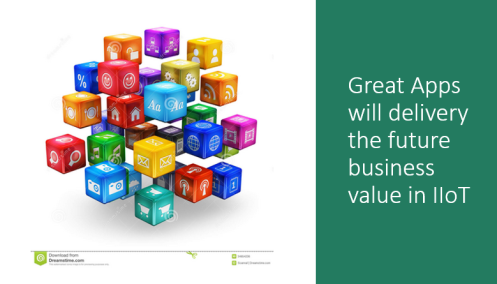 Technology is radically altering our need for innovation. We see increasingly innovation is feeding off the “digital response rate” and how we build and design the application software will transform IIoT as it has for our personal world (B2C), where we download apps on a daily basis to solve a problem or to improve our understanding.
Technology is radically altering our need for innovation. We see increasingly innovation is feeding off the “digital response rate” and how we build and design the application software will transform IIoT as it has for our personal world (B2C), where we download apps on a daily basis to solve a problem or to improve our understanding. I see the growing importance of ecosystems and platforms for those that want a thriving future, these are the ones that simply “get this” need to connect into a wider ecosystem to build better value and solutions that customers want. The business imperative of today and near-term future is designing around ecosystems that seek out collaborative platform solutions.
I see the growing importance of ecosystems and platforms for those that want a thriving future, these are the ones that simply “get this” need to connect into a wider ecosystem to build better value and solutions that customers want. The business imperative of today and near-term future is designing around ecosystems that seek out collaborative platform solutions. Many innovators are familiar with the concept of the
Many innovators are familiar with the concept of the 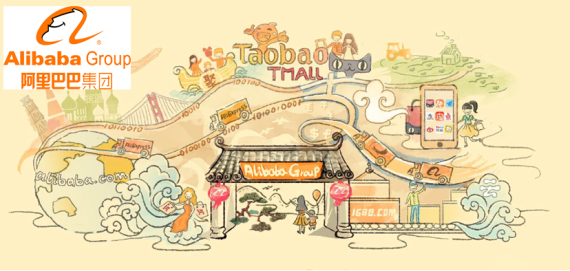 If ever there is one company in my mind that is at the forefront of building ecosystems, platforms and customer engagement, that is the
If ever there is one company in my mind that is at the forefront of building ecosystems, platforms and customer engagement, that is the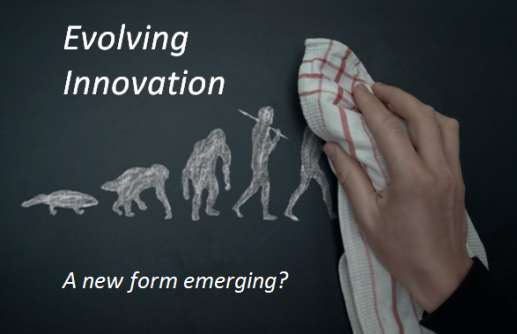 Paul and I have been exploring the interrelationships between innovation, ecosystems and platforms for a few weeks now.
Paul and I have been exploring the interrelationships between innovation, ecosystems and platforms for a few weeks now.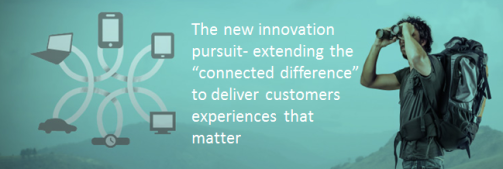
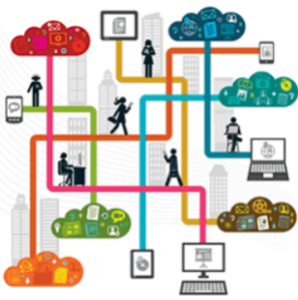 Through our discussions about innovation, ecosystems and seamless experiences we’ve highlighted the fact that 1)
Through our discussions about innovation, ecosystems and seamless experiences we’ve highlighted the fact that 1)